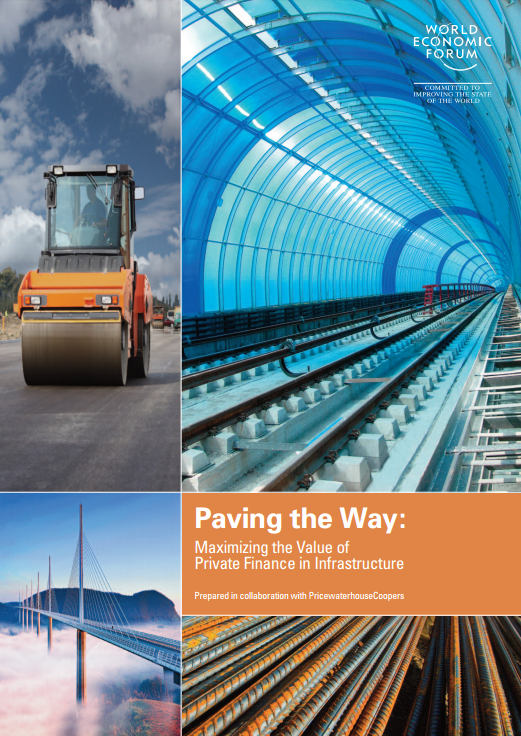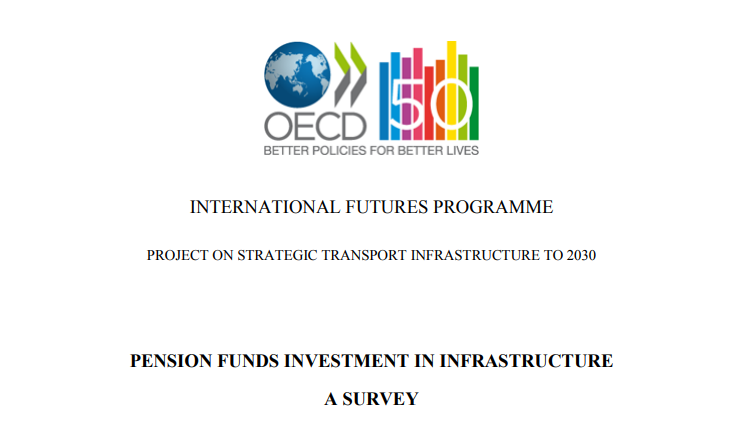Publications
Filter by
605 results found
The Public-Private Partnership Legal Resource Center (PPPLRC) provides sample legal materials which can assist in the planning, design and legal structuring of any infrastructure project.

The PPP Manual provides overall guidance on the steps to carry out a PPP project.

PPP online courses provide an understanding of the key principles of PPPs and the role of PPPs in the delivery of infrastructure services, particularly in emerging markets.

Strategy 2020, the long-term strategic framework of the Asian Development Bank (ADB) for 2008–2020, identifies private sector development (PSD) and private sector operations as drivers of change in Asia and the Pacific.


The Reference Guide attempts to provide the most relevant examples, references and resources to help readers inform themselves on key PPP topics.


Risk allocation is at the centre of every PPP transaction, and a deep understanding of the risk allocation arrangements is a precondition to the drafting of every successful PPP contract.

PPP webinars presents trending topics on PPPs and infrastructure, as well as the latest tools for practitioners, case studies, and presentations from experts.

The toolkit provides expert guidance, dependable counsel and a compilation of best practices to assist state legislatures as they consider whether and how to pursue public-private partnerships (PPPs) in their states.

This toolkit has been prepared to assist public entities in the state of Maharashtra in India in developing public-private partnership (PPP) urban bus transport projects.

The paper Partnering to Build a Better World: MDBs Common Approaches to Supporting Infrastructure Development presents a brief description of how MDBs work with their Borrowing Member Countries (BMCs) .

The paper “Partnering to Build a Better World: MDBs’ Common Approaches to Supporting Infrastructure Development” presents a brief description of how MDBs work with their Borrowing Member Countries (BMCs) .





The objective of this survey-based study was to understand the main problems encountered by pension funds when investing in infrastructure.



This paper looks at how to drive needed public sector innovations in infrastructure policy, regulation, finance, procurement and permitting.


The country partnership strategy lays out a program of priority activities to support each of three pillars and promotes rebalancing ADB financing toward infrastructure projects in support of the government’s Build, Build, Build infrastructure program.

The Coalition for Climate Resilient Investment (CCRI) created the Physical Climate Risk Assessment Methodology in response to investor demand for comprehensive solutions to improve the integration of physical climate risks into investment appraisal practices.

Seeking an Efficient Coordination of Investment, Budgeting and Financing Cycles in Latin America and the Caribbean

This paper compares two approaches to the evaluation of mega transport project success: the iron triangle and the holistic approach approach.




 View the PPP Risk Allocation Tool website
View the PPP Risk Allocation Tool website

